8 Things You Forgot About the Cold War
Things get weird when the U.S. and Russia are at odds.
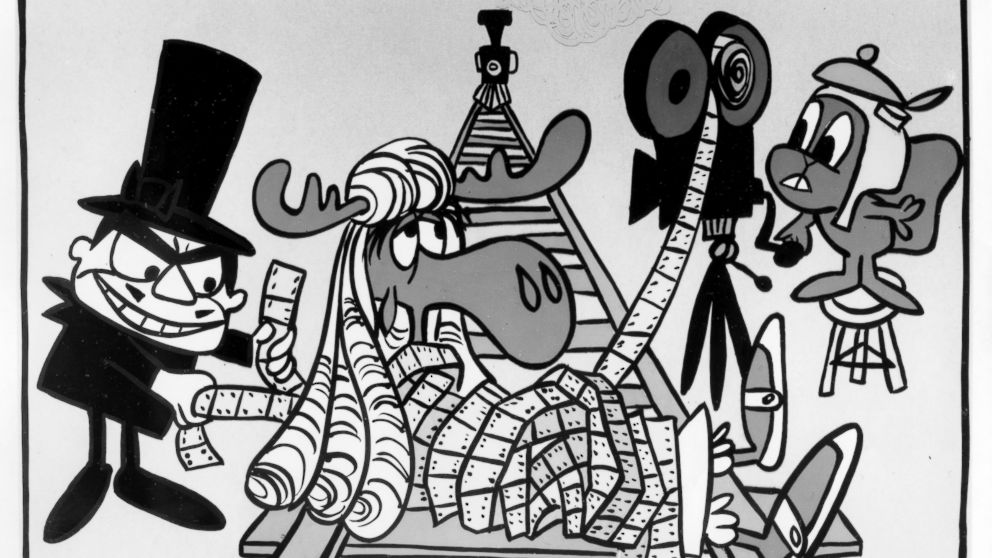
April 22, 2014— -- A war of words between Russia and the United States this week brought the tension between the two countries to one of its highest points since the end of the Cold War.
Russian President Vladimir Putin has traded barbs with the White House over Ukraine, harkening to the 40-plus year period in the 20th Century when the two nations were constantly braced for the possibility of nuclear war.
In case you've forgotten -- or weren't born yet -- here are some reminders of how weird life was under the threat of nuclear war between the two world powers, and how some of our most popular cultural touchstones had their start during Cold War years.
1. James Bond
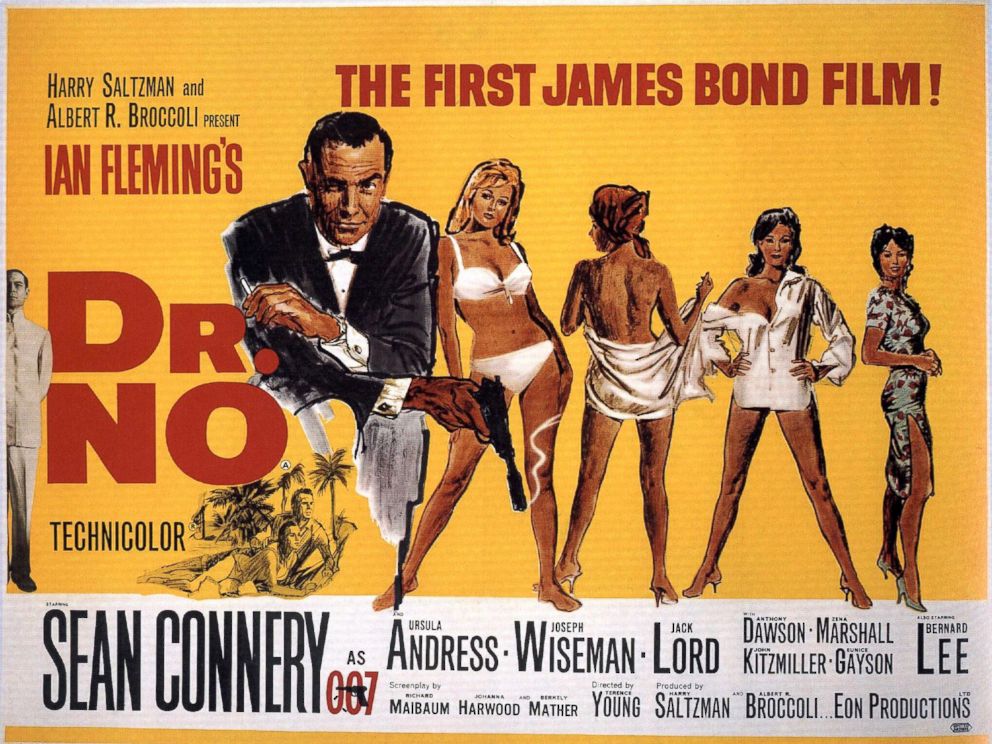
One of the greatest fictional spies in Western culture, James Bond came about under the shadow of the Cold War and the battle against communism, debuting in 1953's Casino Royale.
Bond is a British Secret Service agent battling against criminal entities, and the stories are filled with Soviet spy-types.
2. Space Race Playground Equipment
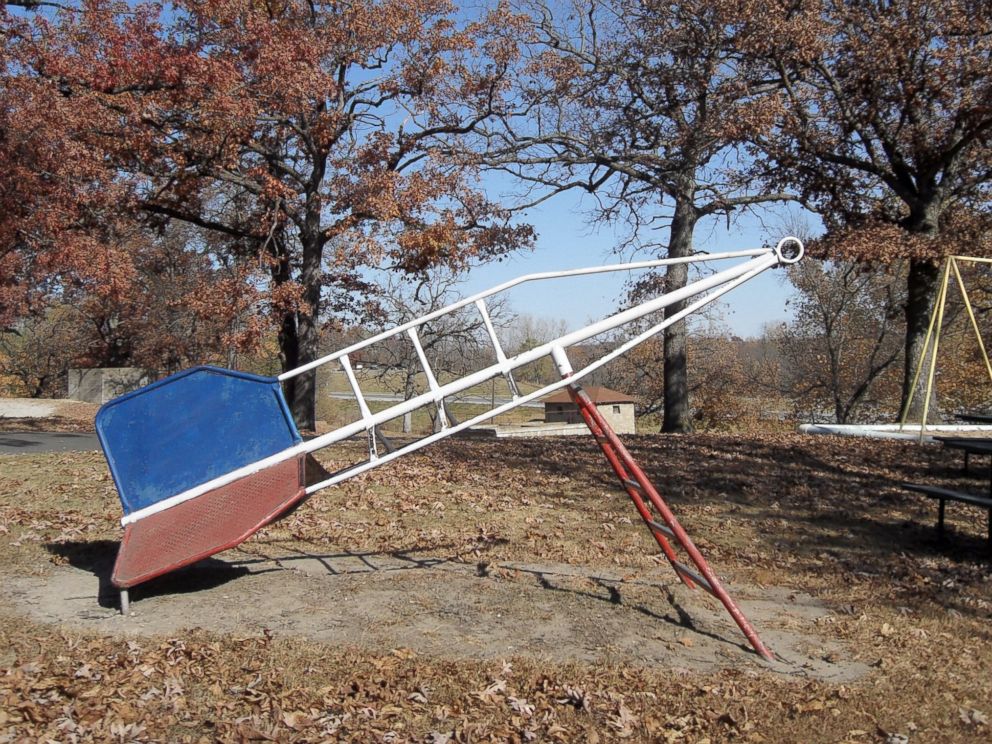
During the Space Race in the 1950s and 1960s, the U.S. government was intent on getting kids interested in science and space so that they might beat Russia in the space race. Space-themed toys, including rocket-shaped playground equipment and jungle gyms, began popping up all over the country.
3. Duck-and-Cover Drills
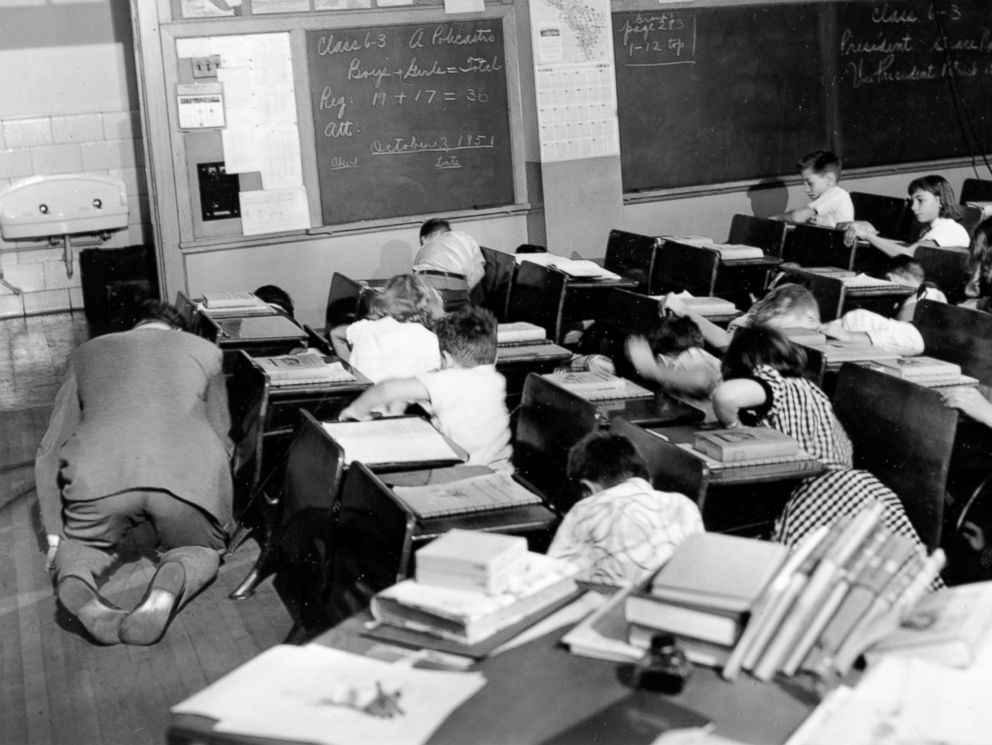
The threat of nuclear disaster percolated across the country during the Cold War years, and the government created educational videos and mandates to help students practice taking cover in case of an atomic bomb attack. Students across the U.S. were used to "duck and cover drills," which became almost as common as fire drills during the Cold War years.
4. Air Raid Sirens and Fallout Shelters
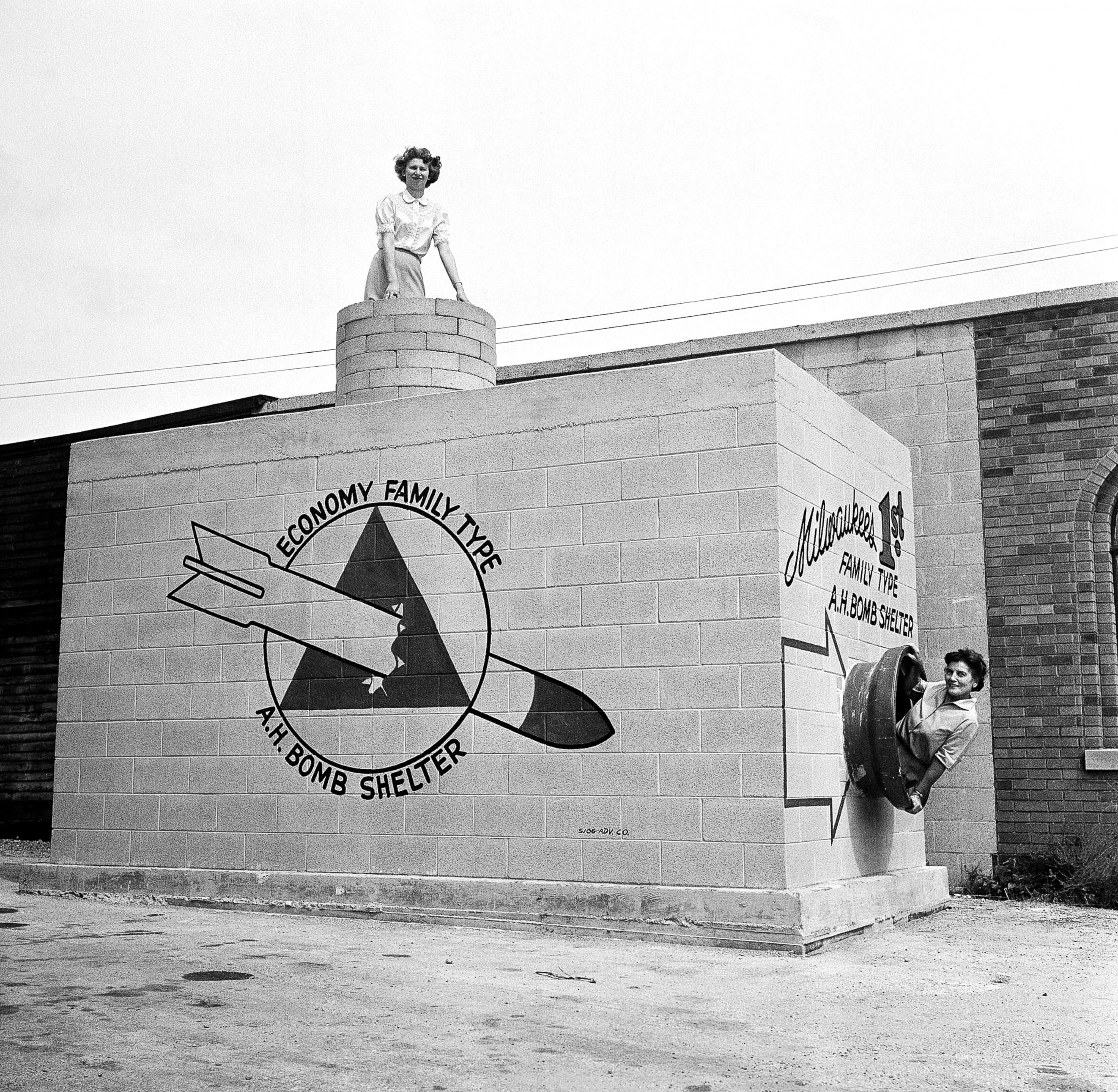
The government also used air raid sirens and fallout shelters to help prepare the American public for the possibility of nuclear disasters. Buildings across the U.S. still bear the trademark "Fallout Shelter" signs that showed nearby residents where the closest shelter was to take cover and avoid the dangerous radiation emitted by a nuclear bomb.
5. Germany, Divided
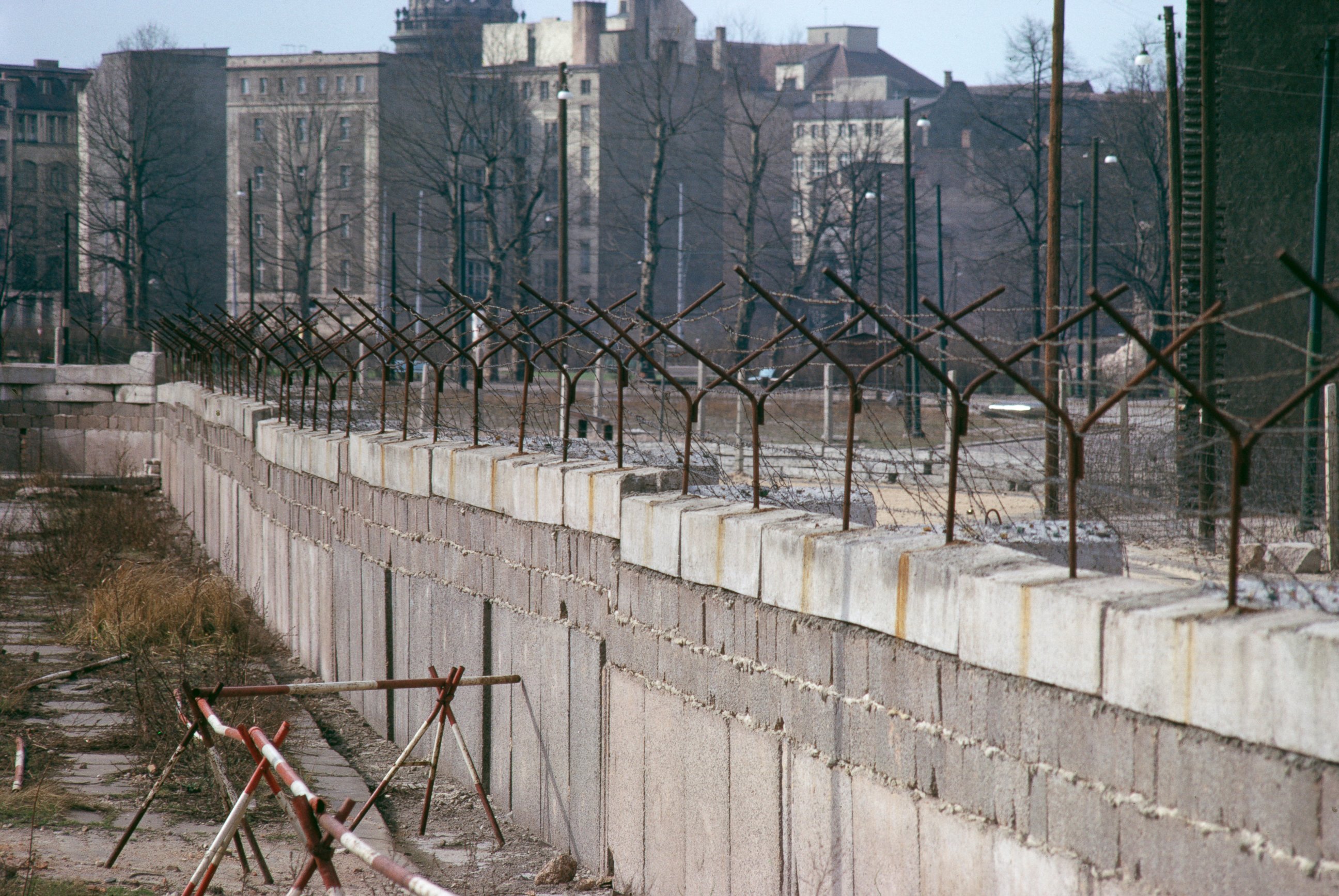
It might be easy to forget when traveling in modern-day Germany, but not too long ago the country was divided and the border heavily guarded. The Berlin Wall divided the city of Berlin and represented a divided country: East Germany was part of Russia's Soviet Bloc while the west was aligned with the U.S. and Europe. The wall stood until 1989.
6. MacGyver and Get Smart
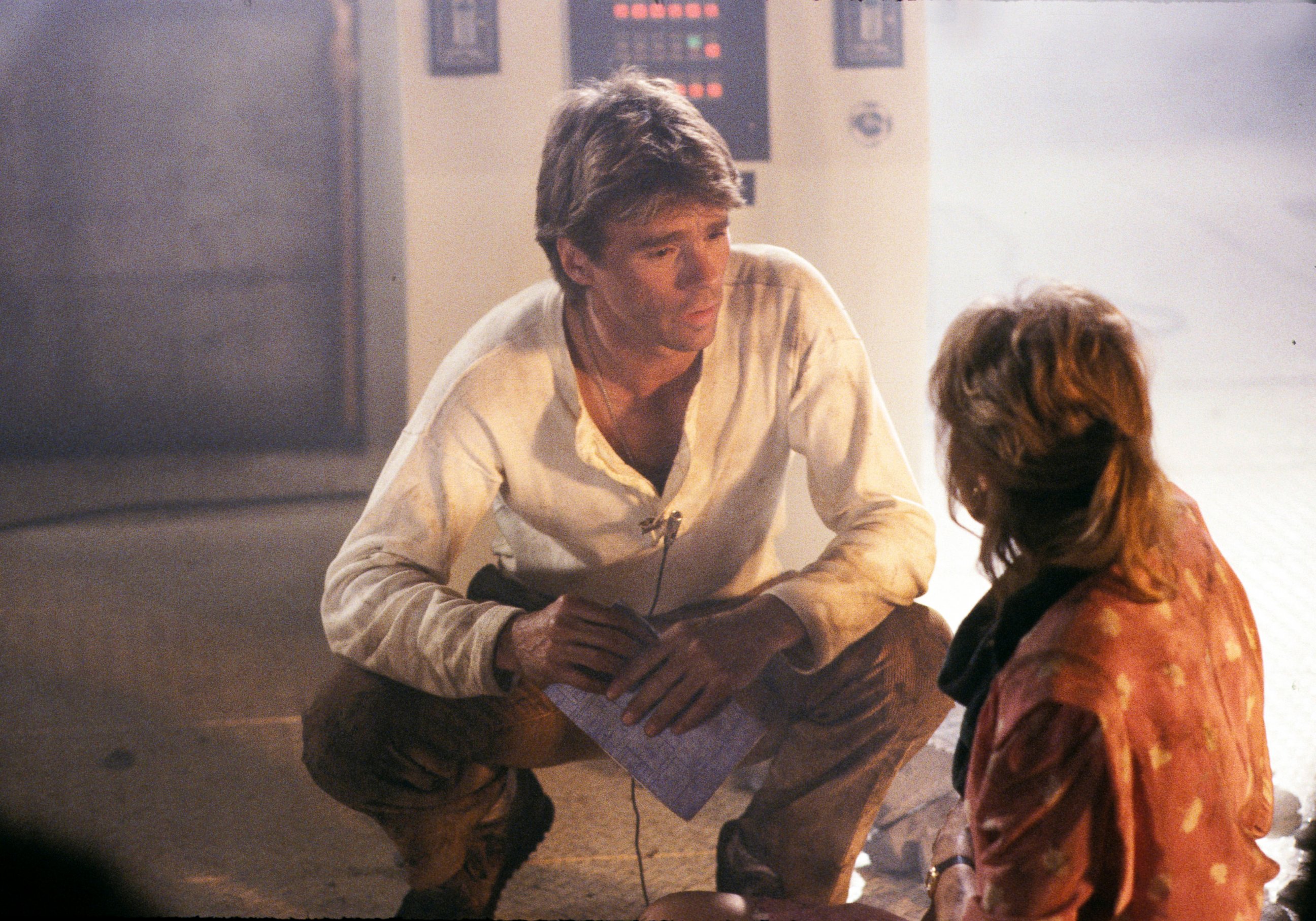
Television shows about spies filled the airwaves during the Cold War years, sometimes portraying the tension of spying abroad and combating enemies and other times creating laughable characters in order to lampoon the whole situation. Get Smart followed U.S. spy Maxwell Smart through his bumbling missions and fake gadgets like the "shoe phone," while MacGyver became famous for being a scientist able to combat the KGB and Cold War-era weapons by using his brains and a Swiss Army knife.
7. Sports Meant So Much More
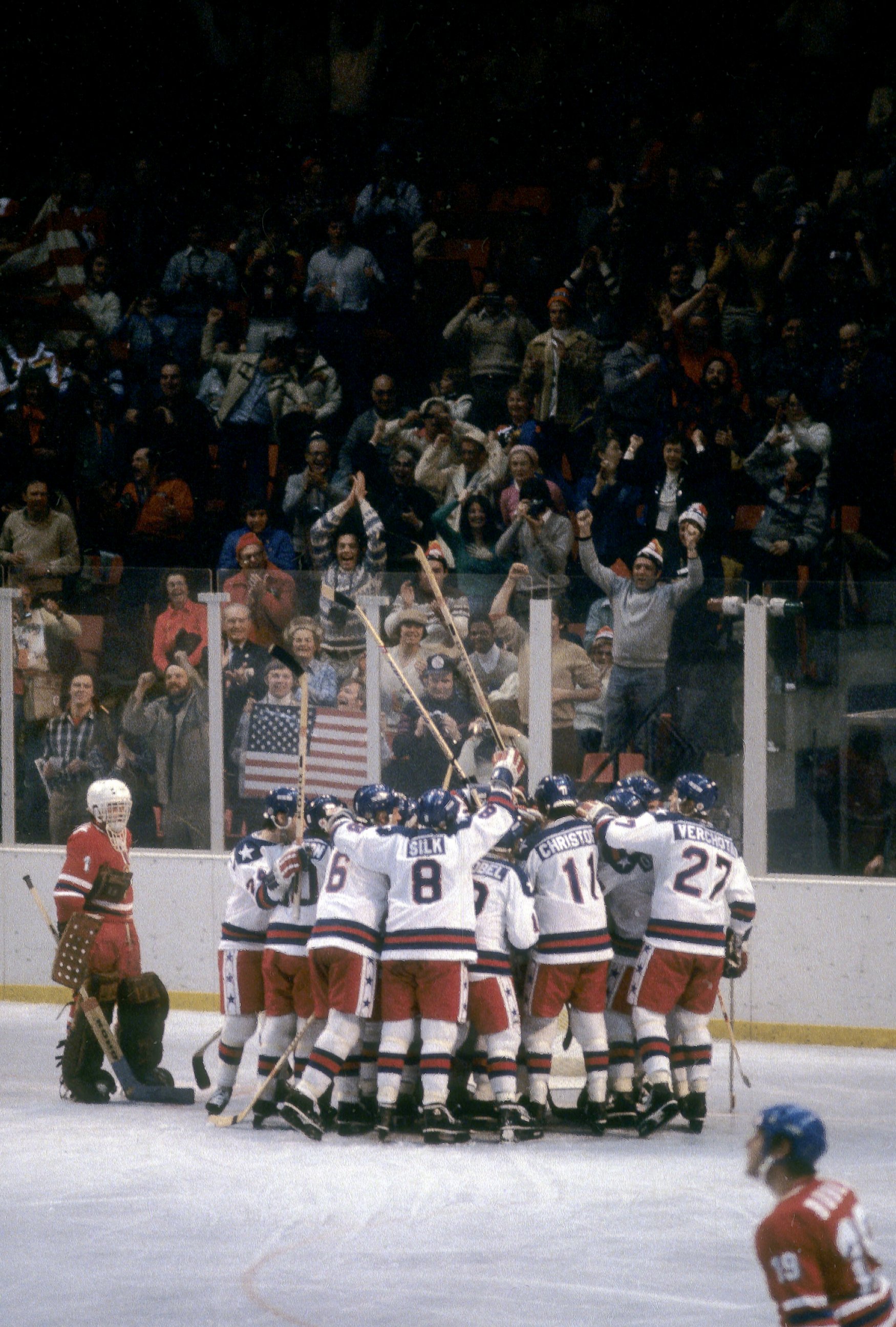
While the U.S. and Russia were facing off on the world's stage, their hockey teams were literally facing off on ice. The 1980 Olympic hockey match between the USSR and America took on epic proportions as the two countries fought for respect and dominance. The U.S. team beat the heavily-favored Russian team in what became known as the "Miracle on Ice."
8. Rocky and Bullwinkle
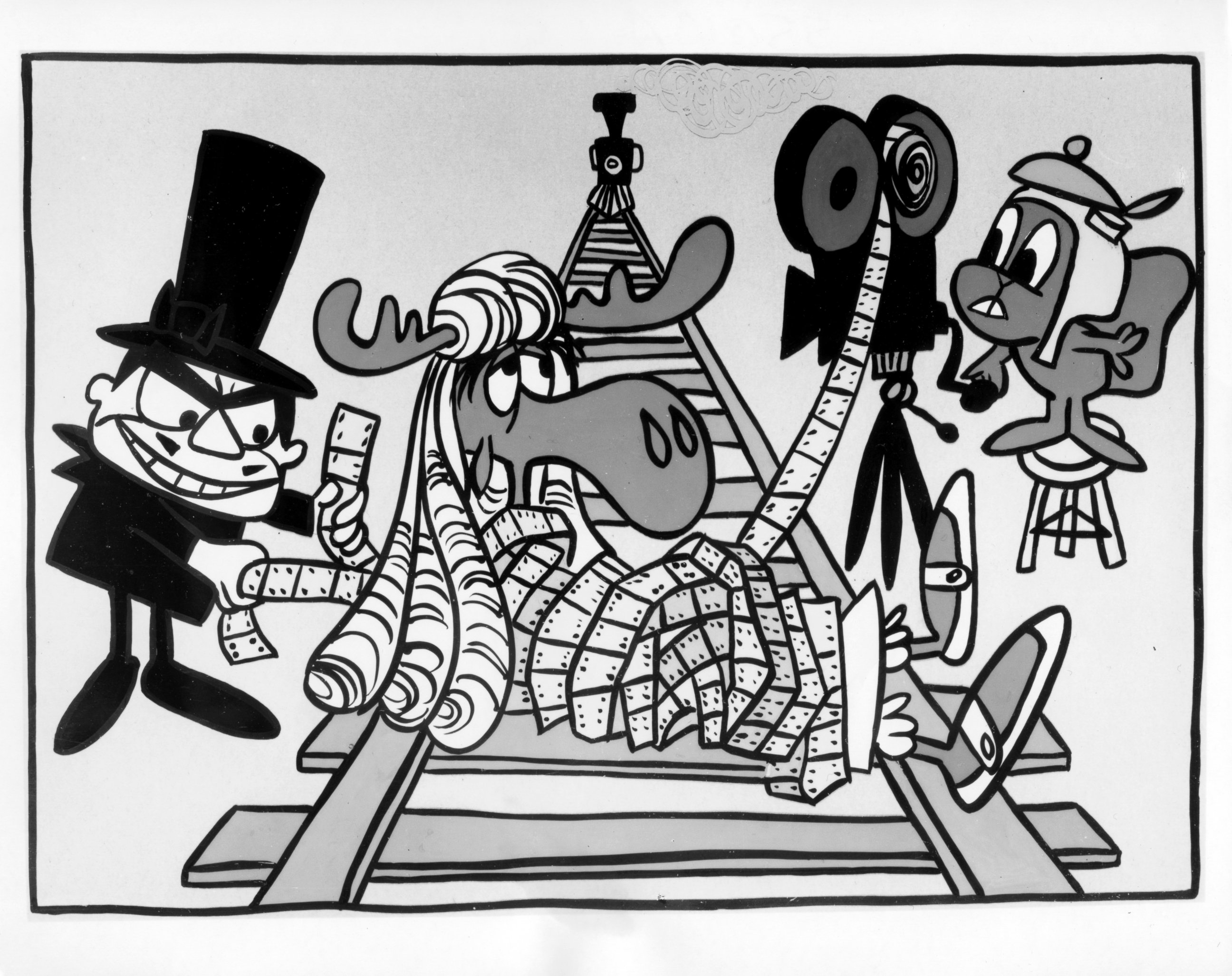
The Cold War even infiltrated kids' cartoons, with the moose-and-squirrel tag team of Rocky and Bullwinkle becoming one of the most iconic programs of the 1960s. The pair battled the Soviet-esque Boris and Natasha, the show's evil villains who hailed from Pottsylvania.




